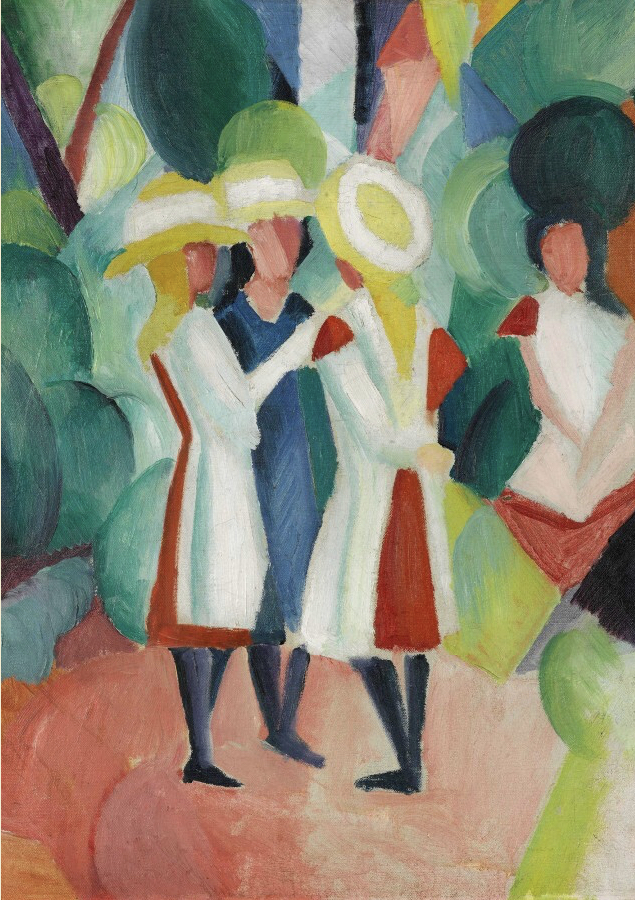I realise how I have felt dwarfed and swamped in recent days. Part of it is perhaps post-Covid tiredness – as if I don’t quite have the bandwidth to download everything at once – but I think it is also a reaction to the scale and rinsed-out diversity of what I have encountered. I think too that I am slightly disoriented by losing much of my sense of smell and taste; I drink coffee without noticing it and I passed a branch of Subway this morning without being aware of that savoury miasma that floats out of all Subway doors. Or maybe I’m just jaded and disappointed and tired of the wet weather.
Firstly: size. Rotterdam (as I know from previous visits) is a post-war city. It lost its human-size buildings in the bombardment. Pre-war architects had already moved on to size M (Sonneveld House) and L (the Van Nelle factory or Dudok’s Bijenkorf) but now it’s all XXL, symbolised perfectly in the sight of the old Holland-Amerika Lijn HQ looking insignificant in the shadow of Koolhaas and Piano. Amsterdam is more human-friendly, and old Delft is downright dinky – symbolised perfectly in Vermeer’s small painting in the Rijksmuseum of a Delft street. But Rotterdam . . . no, it’s just too much. I’ve had enough of it and I’m not in a frame of mind to admire it.
Next: the banality of variety. I haven’t recaptured that fleeting impression I had as the train passed Mechelen of being a foreign country: everything now seems crowded and homogenised. Nationalities, ages and languages vary, but everyone is dressed the same, carries the same devices and is intent on seeing the same thing. Streets and trains sound like the Home Counties or South America; I don’t know if they’re tourists like me or residents and they’re all intent on having a good time – the noisier, the better. Only the constant stream of bicycles and canals remind you that you are in the Netherlands. (Obviously I am aware of the irony of my complaining about tourism.)
Enough of the negativity. I went to Den Haag this morning to visit the Mauritshuis, which – as I’ve noted before – is just the right size for an art gallery. It was busy, of course, but everyone mills around Vermeer’s Girl with the Pearl Earring and barely looks at the View of Delft. Unlike The Milkmaid in the Rijksmuseum, it was possible to get close enough to really see the little specks of paint that make the surface sparkle: hear the timbers of the boat. There was some more delicious fruit on a plinth by Adriaen Coorte: he had used the same technique for the strawberry seeds – and no mould or fly to remind the viewer (unnecessarily at my age) of the transience of ripeness.
I looked at the Holbeins again: his painting of Robert Cheeseman is so rich. I’d forgotten that the Mauritshuis has Dr Tulp in gory detail. (Nurse, where are the scrubs!) There was an interior by Pieter Saenredam of the church of St Cunera in Rhenen – which took me back to my experiences of the Netherlands on a bicycle. (Which I am slightly yearning for.)
It was raining again when I came out: time to return to Rotterdam and escape from the crowds.

































































